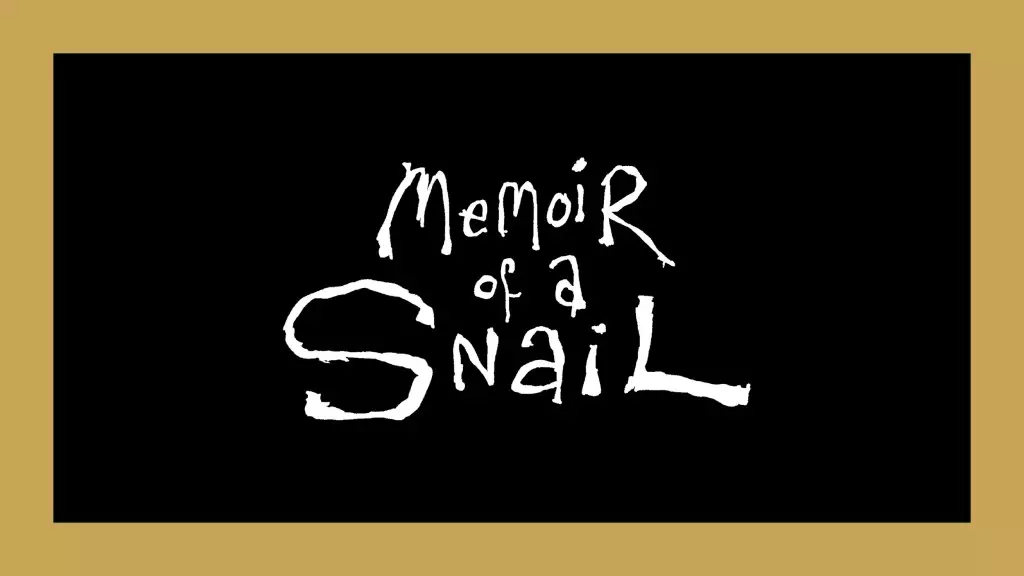In the realm of animated filmmaking, it is often presumed that the content should cater primarily to children. Adam Elliot’s latest work, **Memoir of a Snail**, defies that notion by presenting a provocative narrative that is steeped in personal and psychological exploration. At its core is Grace Pudel, a character whose complex journey from childhood to adulthood is portrayed with an unsettling honesty that is rarely seen in the genre. Elliot draws inspiration from his own life experiences, particularly revolving around friendships marked by vulnerability and resilience. Grace’s character, while tragic in her childhood experiences, serves as a vessel through which the film explores deeper themes of identity, trauma, and healing.
Elliot’s admission that Grace is an amalgamation of various people—including his own experiences—underscores the authenticity embedded within her storyline. Through Grace, who carries the burden of a traumatic past characterized by bullying and body image struggles, the audience is invited to contemplate how trauma can shadow one’s life yet still coexist with moments of hope and levity. The filmmaker’s acknowledgment of wanting to “inflict a lot of pain” on Grace brings forth a critical question: can humor simultaneously be a companion to suffering? In the juxtaposition of Grace’s trials with moments of levity, Elliot intriguingly asserts that it is precisely through adversity that humor can sometimes shine the brightest.
An essential figure in Grace’s life is her neighbor Pinky, whose vibrant persona acts as a foil to Grace’s reserved nature. Pinky is more than just an eccentric character; she symbolizes the potential for transformation in the face of adversity. Elliot’s intent for Pinky to embody zest for life despite her own traumas illustrates a dichotomy within the narrative that highlights resilience. In creating an extreme character like Pinky, Elliot explores how individuals can inspire change within others. By showcasing pinky’s audacious lifestyle and bold anecdotes, the film starkly contrasts against Grace’s initially timid existence, creating a dynamic interplay that leads to growth and self-acceptance.
However, Elliot’s decision to inscribe such extremes into Pinky’s character raises inquiries about stereotypes of the eccentric older woman and the burden of trauma. Pinky’s role is pivotal in pushing Grace beyond her comfort zone, yet it also reveals how resilience can sometimes be an overwhelming expectation placed on individuals who have experienced suffering. The push-and-pull between Grace and Pinky captures the essence of human relationships—highlighting how their complexities can foster both growth and conflict.
Another aspect where **Memoir of a Snail** excels is in its animation style, which, while operating on a modest budget, exudes emotional depth and visual storytelling that rivals its more affluent counterparts. The constraints in budget do not hinder its narrative ambition; rather, they encourage a form of creativity that is sometimes lost in more commercially-driven animated features. Elliot himself has pointed out that the scale of his budget might even equate to the catering expenses of larger productions. Yet, it is this home-grown authenticity that informs the film’s voice—suggesting that storytelling’s potency often lies in sincerity over spectacle.
Moreover, the casting choices further embody this thematic authenticity. Sarah Snook’s portrayal of Grace is noteworthy; her understated performance enriches the character’s emotional landscape, allowing audiences to connect deeply with Grace’s experiences. Snook’s quietness contrasts with Pinky’s flamboyance, fleshing out a world that reflects the full spectrum of human emotion. It is this nuanced performance that brings to life the struggle for self-acceptance and the pursuit of joy amidst despair, reinforcing the film’s overarching narrative momentum.
While Elliot is candid about receiving criticism from parents who deem his work unsuitable for children, it is precisely that dismissal of conventional animation norms that positions **Memoir of a Snail** as a landmark film. Through its exploration of themes often reserved for adult storytelling, the film invites an important dialogue about the kinds of narratives that should be considered within the animated genre. The work encourages audiences to reassess their perceptions of animated film as merely children’s entertainment.
**Memoir of a Snail** is a provocative exploration of human emotion, resilience, and the intricacies of childhood trauma. Through the contrasting lives of Grace and Pinky, Adam Elliot crafts a narrative that transcends traditional storytelling, demanding that viewers look beyond the surface to engage with deeper societal issues. The film ultimately serves as a testament to the power of authentic storytelling, pushing the boundaries of animated cinema and encouraging audiences of all ages to embrace the complexity of the human condition.
